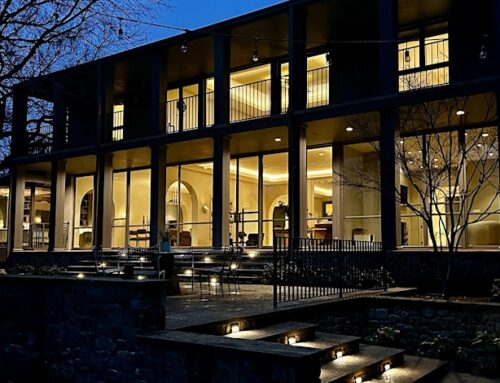Ask anyone in our neighborhood what they most enjoy about living here, and the answer will inevitably involve these four words: I love the trees.
Live oaks, cedars, sycamores, crape myrtles, magnolias, maples … the list of trees that thrive here goes on and on. And the options for tree care differ almost as much as the types themselves, as the business cards, neon-colored fliers and chicken-scratch notes left on the porch of just about any neighborhood home will attest.
But homeowners should be careful about who they hire, say certified arborists Mark Wittlich of Just Trees and Allen Johnson of Holcomb Tree Service.
“Always ask for references,” Johnson says. “And ask if they have insurance.”
“It’s a real competitive field,” Wittlich agrees. “But the best way to find a established, reputable arborist is through a recommendation from friends or your local nursery.
“What’s really bothered me about the tree business is that these landscapers in the wintertime will run out of lawns to mow and try to get in tree business,” he says. “They don’t have a clue about what they’re doing and, worse, they don’t have insurance. If they fall from a tree, the homeowners will pay.”
So the first thing to look for when hiring an arborist is proof of insurance. After that, get a written diagnosis of what your tree is in need of and the costs involved.
“That’s the best way to protect yourself,” Wittlich says, adding that “any good arborist will give free advice on stuff. Free advice and free estimates.”
Aside from that, homeowners should know that most legitimate arborists offer a wide range of services, from pest and disease control to pruning, which is usually more involved than you might think. It involves seven steps (see sidebar), Wittlich says, and it’s necessary to promote good growth and continued health in the tree.
But Johnson says homeowners shouldn’t be tempted to overdo it.
“A lot of people in the
“Pruning a tree should mean removing dead limbs, excessive sucker growth and getting limbs off of structures such as a house or power lines.”
In addition, Wittlich says, homeowners with oak trees should be on the lookout for a new problem.
“Oak wilt disease is just starting to hit Texas. It’s a really, really big problem. A few years ago, Dutch elm disease came through and wiped out about 80 percent of those trees. And this is just as bad,” he says. “To help keep it under control, the best thing to do is to trim oaks in the winter months.”
Both arborists also stress that no homeowner should undertake any tree-care job without proper experience and/or instruction.
“The scariest part of people doing their own trees is the risk involved. If they don’t know what they’re doing, they can really get themselves in trouble,” he says. “I see some of these people out on a ladder with a chainsaw in their hands. That branch can come down and knock you off the ladder. I tell you, it’s amazing some of these people are walking around.”
Adds Johnson: “I’ve gone on lots of calls where the wife calls you because the husband has a broken arm.”
Wittlich recommends that people call a professional to handle anything “above waist-high or bigger around than a two-inch branch.”
The services of an arborist will vary in cost, depending on the size and maintenance involved in your trees. Most certified arborists will handle a very simple one-tree job for around $125-150, with each additional simple job for another tree costing between $45-$100.






